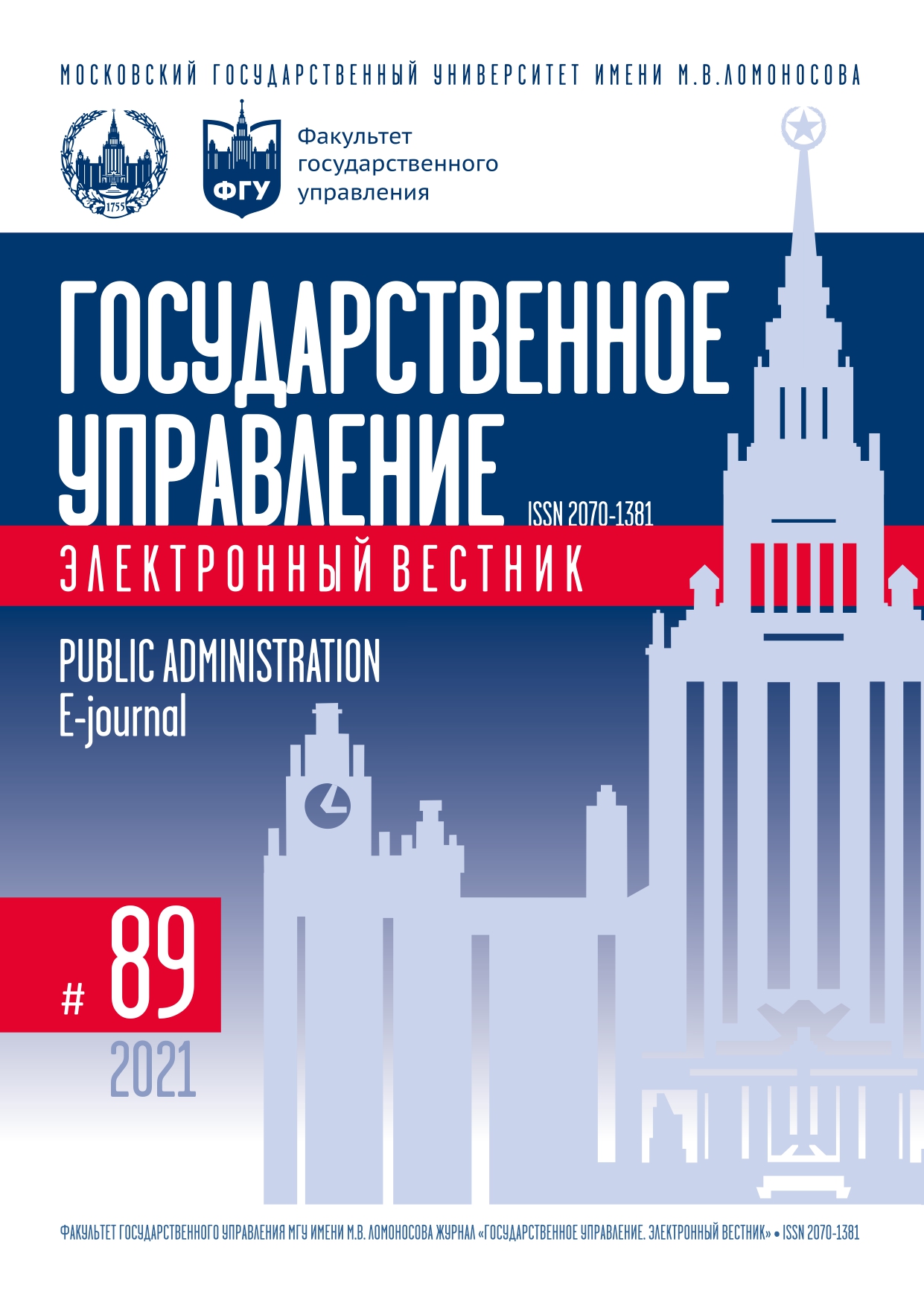Cybercrime in Russia as a New Challenge for Society and State
Keywords:
Digitalization, cybercrime, social engineering, cybersecurity, digital literacy, law enforcement agencyAbstract
The article is devoted to cybercrime as a new threat of modern world. The aim is to analyze the current state and dynamics of cybercriminal activity over the past few years, the rapid growth of which has been noted in the Russian Federation. The data of the Ministry of Internal Affairs of the Russian Federation on the number of cybercrimes in 2017–2020 were used for analysis. Based on the data, time series were built and analyzed for the number of officially registered cybercrimes. It is shown that cybercriminal activity has been actively developing in Russia over the past few years, and during the coronavirus crisis it took on the features of a social problem of a national scale. Key factors have been formulated, which largely contributed to the formation of a negative situation: the low level of population digital literacy despite the digitalization process; inefficiency in countering cybercriminal activity (low level of competence of law enforcement agencies, imperfect antifraud infrastructure). As a result, there is a low percentage of cybercrime detection in the Russian Federation, a poor level of preparation to work proactively and promptly suppress criminal activity. Cybercrime is becoming one of the most serious problems of modern Russian society, causing enormous damage to the Russian economy and the well-being of citizens. The problem of cybercrime is a complex social problem that requires a comprehensive solution with the active participation of various stakeholders: government agencies, commercial and non-profit organizations, the scientific community, and international partners. The phenomenon of cybercrime requires further scientific study in order to formulate and implement effective solutions to counter in the Russian Federation
References
Дерюгин Р.А. Киберпреступность в России: современное состояние и Актуальные проблемы // Вестник Уральского юридического института МВД России. 2019. № 2. С. 46–49.
Карпова Д.Н. Киберпреступность: глобальная проблема и ее решение // Власть. 2014. №8. С. 46–50.
Протасевич А.А., Зверянская Л.П. Борьба с киберпреступностью как актуальная задача современной науки // Всероссийский криминологический журнал. 2011. № 3. С. 28–33.
Alsharnouby M., Alaca F., Chiasson S. Why Phishing Still Works: User Strategies for Combating Phishing Attacks // International Journal of Human-Computer Studies. 2015. Vol. 82. P. 69–82. DOI: https://doi.org/10.1016/j.ijhcs.2015.05.005.
Breda F., Barbosa H., Morais T. Social Engineering and Cyber Security // Education and Development Conference. Valencia, Spain. 6–8 March. 2017. P. 4204–4211. DOI: 10.21125/inted.2017.1008.
Conteh N.Y., Royer M.D. The Rise in Cybercrime and the Dynamics of Exploiting the Human Vulnerability Factor // International Journal of Computer (IJC). 2016. Vol. 20. № 1. P. 1–12.
DeLiema M. Elder Fraud and Financial Exploitation: Application of Routine Activity Theory // Gerontologist. 2018. Vol. 58. Is. 4. P. 706–718. DOI: 10.1093/geront/gnw258.
Fors A. The Ontology of the Subject in Digitalization // Handbook of Research on Technoself: Identity in a Technological Society / ed. by R. Luppicini. Hershey, PA: IGI Global, 2013. P. 45–63. DOI: https://doi.org/10.4018/978-1-4666-2211-1.ch003.
Kameneva T. Didactics of Digital Century: Issues and Trends of E-Learning Development. Фізико-математична освіта: науковий журнал. 2020. № 4 (26). С. 13–20. DOI: https://doi.org/10.31110/2413-1571-2020-026-4-002.
Li T., Fung H. Age Differences in Trust: An Investigation Across 38 Countries // Journals of Gerontology Series B: Psychological Sciences and Social Sciences. 2013. Vol. 68. Is. 3. P. 347–355. DOI: https://doi.org/10.1093/geronb/gbs072.
Monteith S., Bauer M., Alda M., Geddes J., Whybrow P., Glenn T. Increasing Cybercrime Since the Pandemic: Concerns for Psychiatry // Current Psychiatry Reports. 2021. Vol. 23. Is. 4. DOI: 10.1007/s11920-021-01228-w.
Stanciu V., Tinca A. Exploring Cybercrime — Realities and Challenges // Journal of Accounting and Management Information Systems. 2017. Vol. 16. Is. 4. P. 610–632. DOI: 10.24818/jamis.2017.04009.
Yulianto B., Purnomo F., Madyatmadja E., Meyliana M., Prabowo H. Potential Threats of Information Disclosure in Social Media: A Systematic Literature Review // ComTech Computer Mathematics and Engineering Applications.2016. Vol. 7. Is. 3. P. 201–211. DOI: https://doi.org/10.21512/comtech.v7i3.2499.

